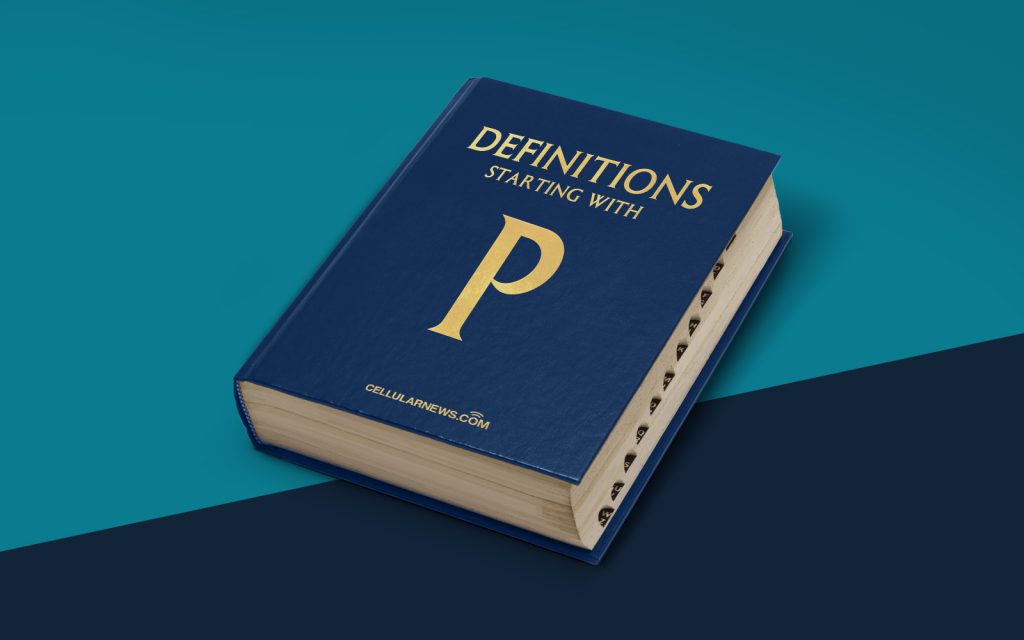
Understanding the Playfair Cipher: A Secret Code of the Past
Are you fascinated by secret codes and ciphers? Have you ever wondered how encrypted messages were sent and decoded before the age of computers? If so, then the Playfair Cipher is definitely something that will capture your interest.
Key Takeaways
- The Playfair Cipher is a manual symmetric encryption technique invented in 1854.
- It uses a keyword and a 5×5 matrix grid to encrypt and decrypt messages.
The Playfair Cipher is a manual symmetric encryption technique that was invented in 1854 by Sir Charles Wheatstone, but popularized by Lord Playfair. It was used during the Victorian era to protect sensitive communications and military secrets. This cipher relies on a keyword and a 5×5 matrix grid to encrypt and decrypt messages. Each letter in the message is substituted with another letter based on its position in the grid, providing a level of security that was cutting-edge at the time.
Now that we have a general overview, let’s dive deeper into how the Playfair Cipher works.
The Playfair Cipher Algorithm
The Playfair Cipher algorithm consists of the following steps:
- Generating the Key Square: The first step is to create a 5×5 matrix grid, called the Key Square, using a keyword provided by the sender and some additional rules:
- The keyword is written in order from left to right and from top to bottom.
- If any letters are repeated in the keyword, the second occurrence is omitted.
- The remaining letters of the alphabet are then added to the Key Square in the same order, excluding the letters already present in the keyword.
- The letters “I” and “J” are usually treated as one letter.
- Message Preparation: The message to be encrypted is prepared by applying some rules:
- Single repeating letters are usually split by inserting an “X” between them.
- If the message has an odd number of characters, an “X” is added at the end to make it even.
- Encryption: The message is encrypted by replacing each pair of letters with the letters from the Key Square based on these rules:
- If the two letters are on the same row, they are replaced by the letters immediately to their right (if the pair is at the edge of the grid, it wraps around to the beginning).
- If the two letters are on the same column, they are replaced by the letters immediately below (if the pair is at the bottom of the grid, it wraps around to the top).
- If the two letters are neither on the same row nor in the same column, a rectangle is formed using the positions of the letters as vertices. The two letters on the opposite corners of the rectangle are taken as the replacements.
- Decryption: The encrypted message is decrypted by applying the inverse of the encryption rules.
The beauty of the Playfair Cipher lies in its simplicity and elegance. Although it may seem complex at first, the algorithm can be easily implemented for both encryption and decryption purposes.
The Importance of the Playfair Cipher
While the Playfair Cipher might seem outdated, it played a pivotal role in the history of cryptography. Here are a few reasons why the Playfair Cipher was important:
- Security: The Playfair Cipher offered a higher level of security compared to simpler substitution ciphers. Its use of a 5×5 matrix grid and the elimination of repeating letters in the keyword made it more difficult to crack the code, especially during the Victorian era when automated decryption technologies were nonexistent.
- Innovation: The Playfair Cipher introduced several new concepts to encryption, such as using a matrix grid and manipulating rectangles to substitute letters. These ideas laid the foundation for future encryption techniques and contributed to the evolution of cryptography.
So the next time you find yourself immersed in the world of secret codes and encryption, take a moment to appreciate the historical significance and ingenuity of the Playfair Cipher.
